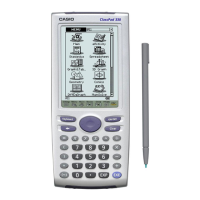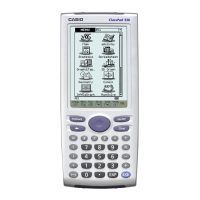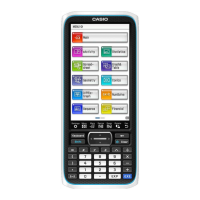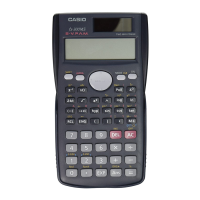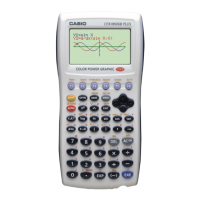Text Controls
PEG also provides several options for displaying text to the user as well as retrieving text
input from the user. This section will show you how to create each of these text controls.
Note: In most of these cases there is more than one constructor for each object. Refer to
the ClassPad 300 SDK Reference Guide to see details on all available constructors.
PegPrompt
Class Name Derived From Styles Signals
PegPrompt PegThing/
PegTextThing
FF_NONE
FF_THIN
TJ_RIGHT
TJ_LEFT
TJ_CENTER
TT_COPY
AF_TRANSPARENT
AF_ENABLED
PSF_SIZED
PSF_FOCUS_RECEIVED
PSF_FOCUS_LOST
PSF_KEY_RECEIVED
PSF_CLICKED
PegPrompt is a text display object. PegPrompt can be drawn with several different border
styles, and can be updated dynamically for interactive updates or real-time information
display. PegPrompt does not support user editing.
PegPrompt will by default send PSF_CLICKED signals to its parent object if the prompt
ID is non-zero. By default PegPrompt objects cannot be selected, and do not send signals.
The following code demonstrates how to create a PegPrompt:
PegPrompt *pp = new PegPrompt(2, 0, "Hello everybody");
AddR(pp);
Which simply adds the given text to your window:
71
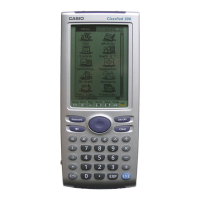
